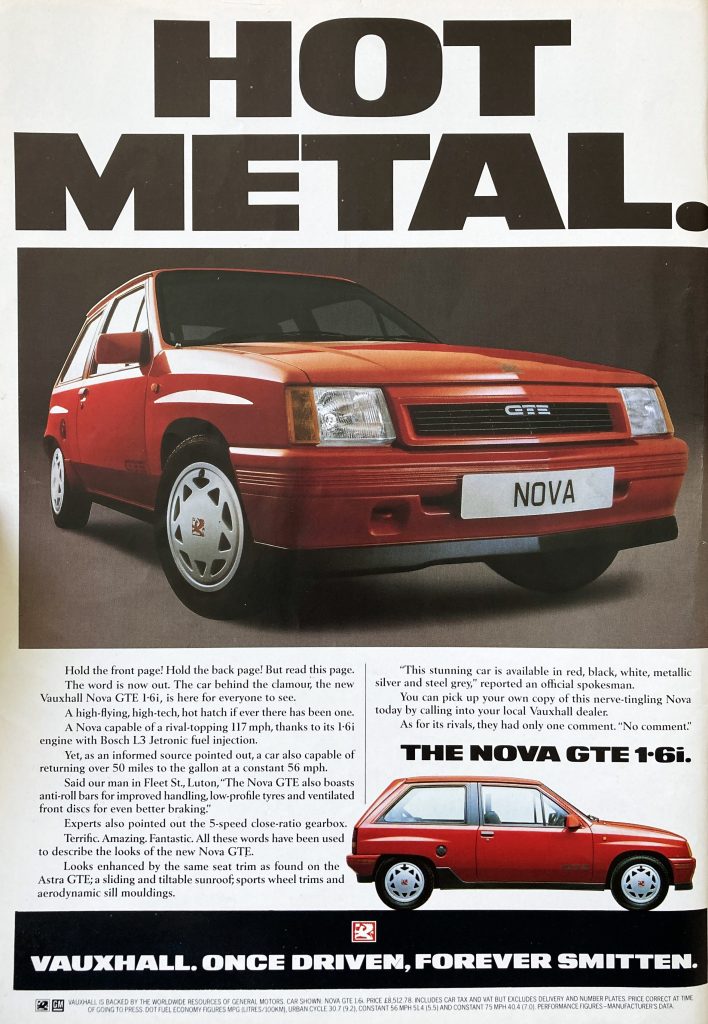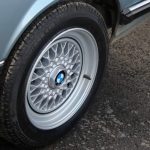It’s easy to forget that in the long running battle between Vauxhall and Ford, the Blue Oval didn’t always have the upper hand with hot hatchbacks.
In fact, while Ford fans would probably vehemently contest this, the brand didn’t really nail the formula until probably well into the 1990s, around the time the late Richard Parry-Jones began to question why suspension arms were flexing more than their bushes and why steering components had more friction than a Middle East peace accord.

Hot Fords always looked good, but (provided you ignored the likes of Peugeot and Volkswagen several steps in front of both) in the 1980s they often had to play second-best to Vauxhall. The 1980s was the decade of the Astra GTE, of course, best represented by its ultimate incarnation, the scorching 154bhp ‘red-top’–powered car launched in 1988.
The engine was undoubtedly the highlight of the GTE package, with a chassis, steering, and gearshift that couldn’t quite keep up, but by this time car magazines didn’t even bother putting Escort XR3is into comparison tests, whereas the Astra undoubtedly deserved its place alongside Golf GTIs and Peugeot 308 GTis.
Another hot Vauxhall arrived in 1988, too, though, and this one actually had a genuine edge over its lower-tier hot hatch rivals. It is of course the car you see at the top of this page, the smaller Nova GTE, and while it couldn’t match the might of 1.9-litre 205s and turbocharged Renault 5s, it could make mincemeat of an XR2.
There had been hot Novas before – the model launched with a sporty SR, and in 1985 there was the Nova Sport, a 1.3-litre homologation special that bears comparison with a 205 Rallye. But the GTE was a car to compete in the supermarket car parks and inner-city ring roads, where things like its boast of a 117mph top speed (to an XR2’s 112mph), and a Bosch fuel-injected 1.6-litre made Ford’s CVH look and feel like the wheezy old thing it was.

On paper, Ford actually claimed a slightly better 0–60mph time, which might be why such a stat is absent from this 1998 advertisement, so Vauxhall enthusiasts will no doubt have been pleased when Autocar stormed to 60 in 9.1 seconds in its 1988 test, two tenths quicker than it managed in the Ford – albeit 1.2 seconds behind the mighty twin-cam, turbocharged Daihatsu Charade GTti also on test.
The Ford got the nod for steering, the Nova for its low levels of roll (the GTE got thicker anti-roll bars than previous sporty Novas) and good balance, and fought back even harder with its ride quality – while Autocar called it “uncompromising”, they also noted that it was “well controlled at all times” and that “the damping is so good there’s no sign of float.” The Ford and Daihatsu managed to be both “bumpy” and “soggy”.
Neither could match the GTE’s engine refinement, economy, or equipment levels, either, though the Nova was by no means perfect, criticised for a lousy driving position despite great seats, and the Astra GTE bugbear of a rubbery gearshift.
Still, it won the test, and the expected rebuttal of Ford’s 1990 Fiesta XR2i didn’t quite materialise – this was the vehicle that CAR famously skewered on its January 1990 cover with the words “another duff fast Ford”.
In fairness, Vauxhall’s follow-up in the Corsa was never quite the same, either, and it also lacked one of the Nova’s best qualities: that fantastically boxy shape with those Audi Quattro-style flared arches. However hot Vauxhall’s ad copy writers thought the Nova was, and however well it did in road tests, it did have one thing in common with its Ford rival: It looked absolutely fabulous.










Saying that Ford got their act together in the late 90s is crazy talk. Ford dominated the 80s, they had all the heritage. An escort rs turbo beat a 16v Astra on 5th gear, an xr3i would never be compared, maybe with an Astra 1.6 sri. Vauxhalls had good engines, went good in a straight line, but didn’t handle.